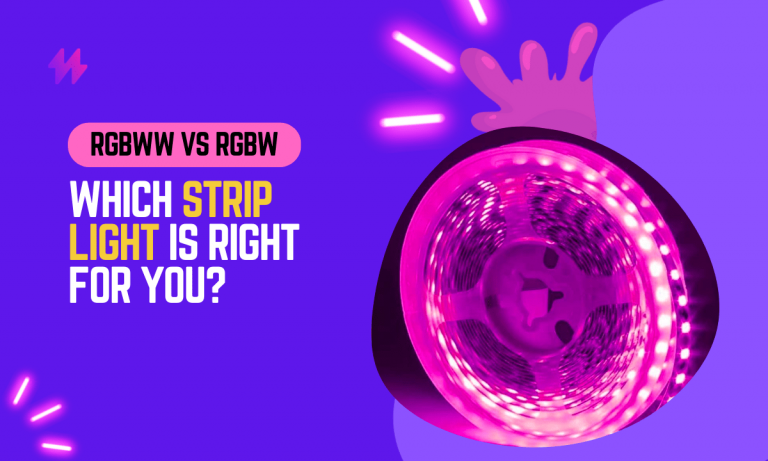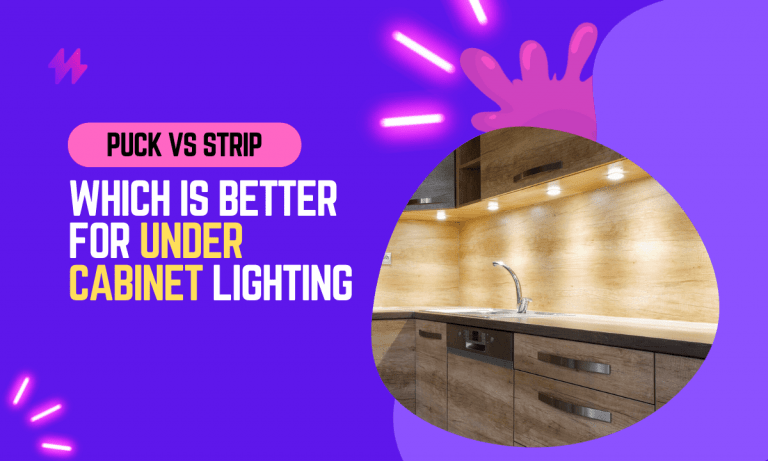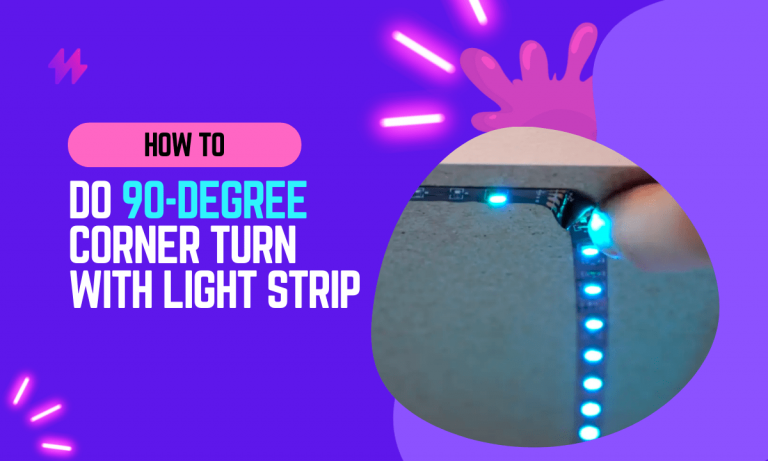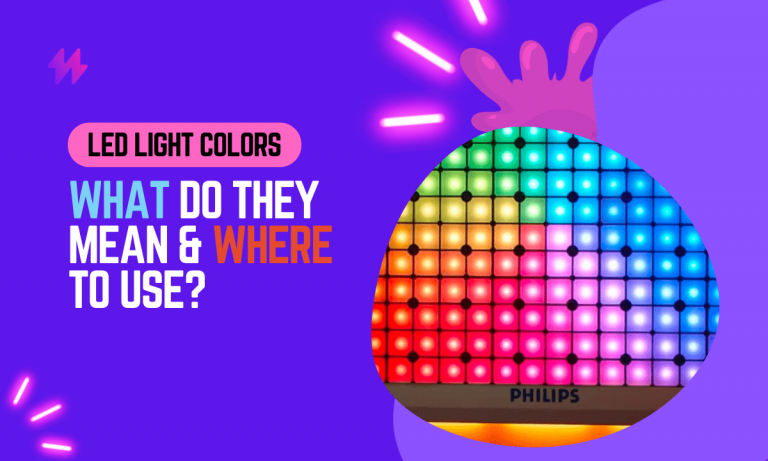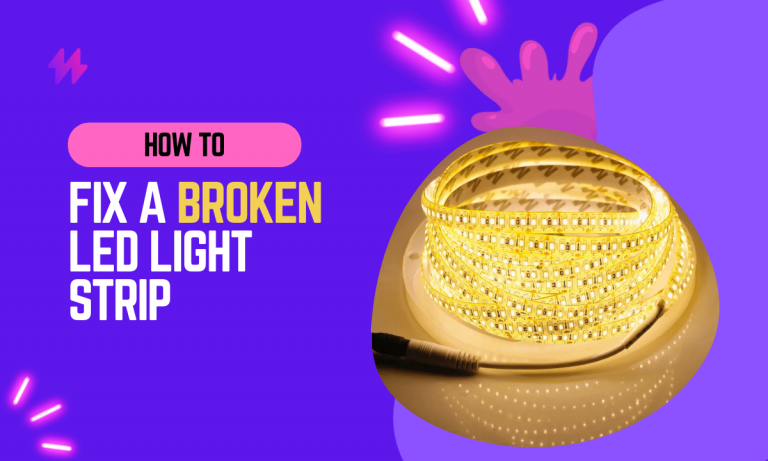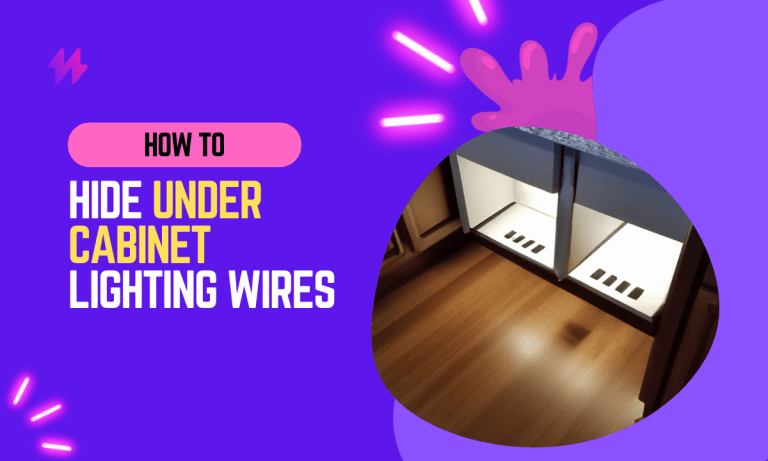How to Remove LED Strip Light Adhesive?
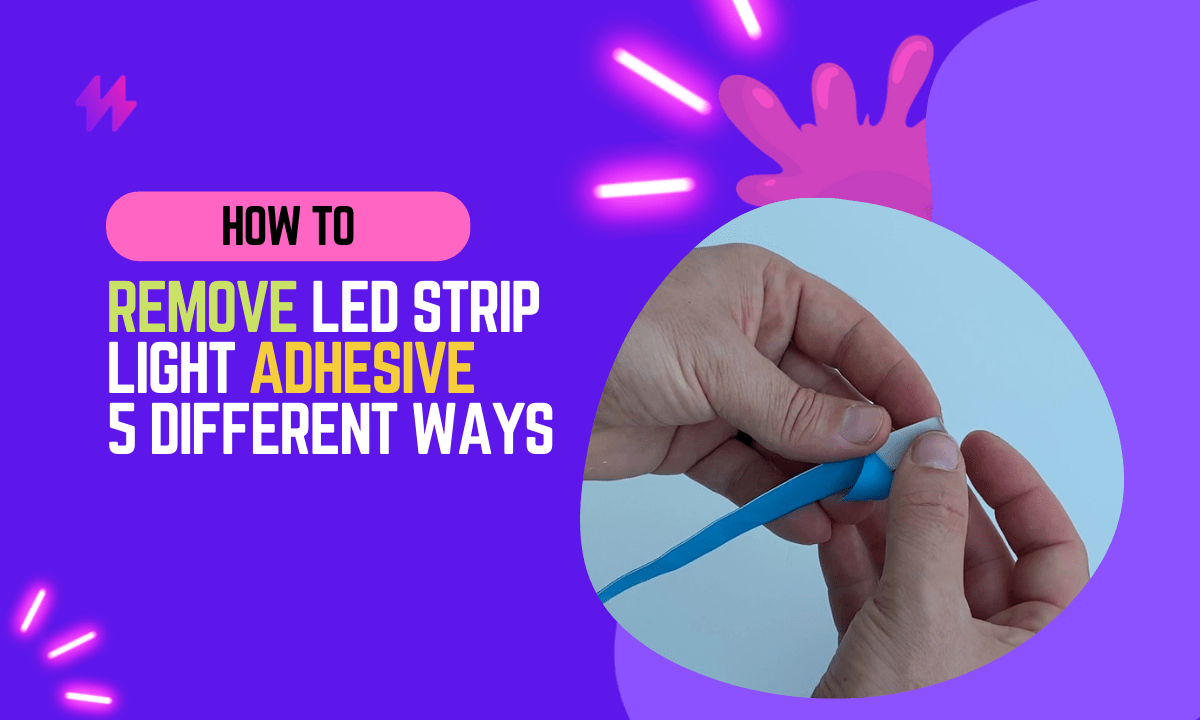
Are you tired of looking at that stubborn adhesive residue on your LED strip lights? Yeah, we feel you. Not only is it unsightly, but it can also lead to dangerous situations and shorten the overall lifespan of your LEDs. But don’t worry, we’ve got you covered.
In this blog, we’ll share five ways to get that sticky stuff off your LED strip lights without damaging them. Trust us, you won’t want to miss out on these tips. So grab a cup of your favorite beverage, kick back, and let’s get started.
5 Methods for removing LED strip lights adhesive
Alright, let’s get down to business. Here are the five methods for removing LED strip light adhesive:
Method 1: Using solvents such as acetone or isopropyl alcohol
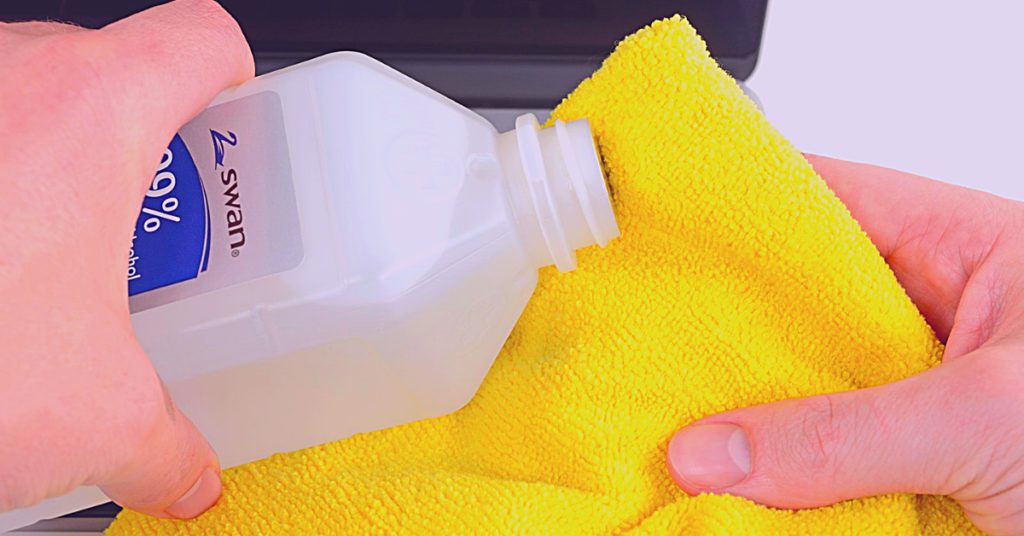
This is the most well-known method for removing adhesives.
- Simply take a clean cloth and soak it in the solvent of your choice (we recommend acetone or isopropyl alcohol).
- Apply the soaked fabric to the adhesive and let it sit for a few minutes to allow the solvent to work its magic.
- Then, use the cloth to rub the adhesive in a circular motion until it comes off.
- Repeat this process as necessary until all of the adhesives are removed.
- Just be sure to use this method in a well-ventilated area, as the fumes can be strong.
Method 2: Use a hair dryer to melt the adhesive
This method is super easy and quick, but it does require a hair dryer.
- Simply set the hair dryer to the hottest setting and hold it close to the adhesive.
- Move the hair dryer back and forth until the adhesive is melted.
- Once it’s melted, you should be able to peel it off easily.
- If there’s any residue left behind, just use a cloth or paper towel to wipe it away.
Method 3: Using a product called Goo Gone
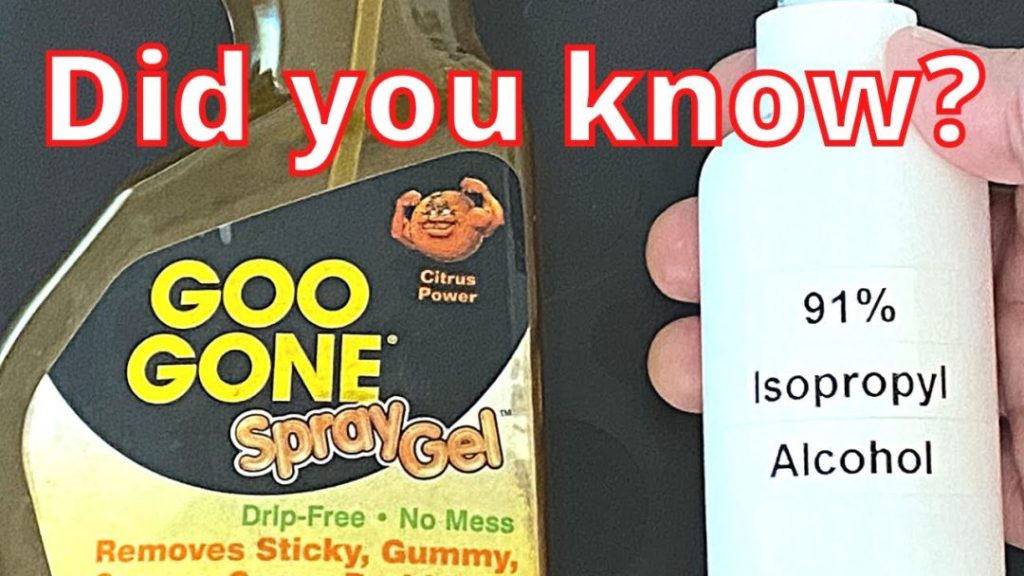
Goo Gone is a lifesaver when it comes to removing adhesives. It’s available at most hardware stores and works like a charm.
- Simply apply a generous amount of Goo Gone to a clean rag and rub it onto the adhesive.
- Let it sit for a few minutes, then wipe it away with a clean rag.
- Repeat this process until the adhesive is gone.
Pro tip: If you’re dealing with a particularly stubborn adhesive, try using a toothbrush or other soft-bristled brush to scrub it away.
Also read: How to Stop LED Light Strips from Falling Off
Method 4: Using isopropyl alcohol (also known as rubbing alcohol)
Isopropyl alcohol, also known as rubbing alcohol, is another great solvent for removing adhesives.
- Simply apply the alcohol to a cotton ball or cloth and rub it over the adhesive.
- As with the other methods, be sure to do this in a well-ventilated area, as the fumes can be strong.
- You may need to repeat the process a few times to remove the adhesive.
- Once the adhesive is gone, you can clean off any residue with soap and water.
Method 5: Using an absorbent cloth and warm water
If you want to remove the adhesive from your LED strip lights without causing any damage, then using an absorbent cloth and warm water is the way to go.
- First, soak the cloth in warm water and then wring it out so it’s not dripping wet.
- Next, apply the cloth to the adhesive and wait for a few minutes to allow the warmth and moisture to soften the adhesive.
- Finally, use a scraper or your fingers to gently peel off the adhesive.
- This method is gentle and effective, and it’s safe to use on all types of LED strip lights.
Well, there you have it! Five methods for removing LED strip light adhesive. Hopefully, one of these methods will work for you and help you get rid of that pesky adhesive once and for all.
Must read: How to Remove LED Strip Light Without Peeling Paint
Safety tips for removing LED strip light adhesive
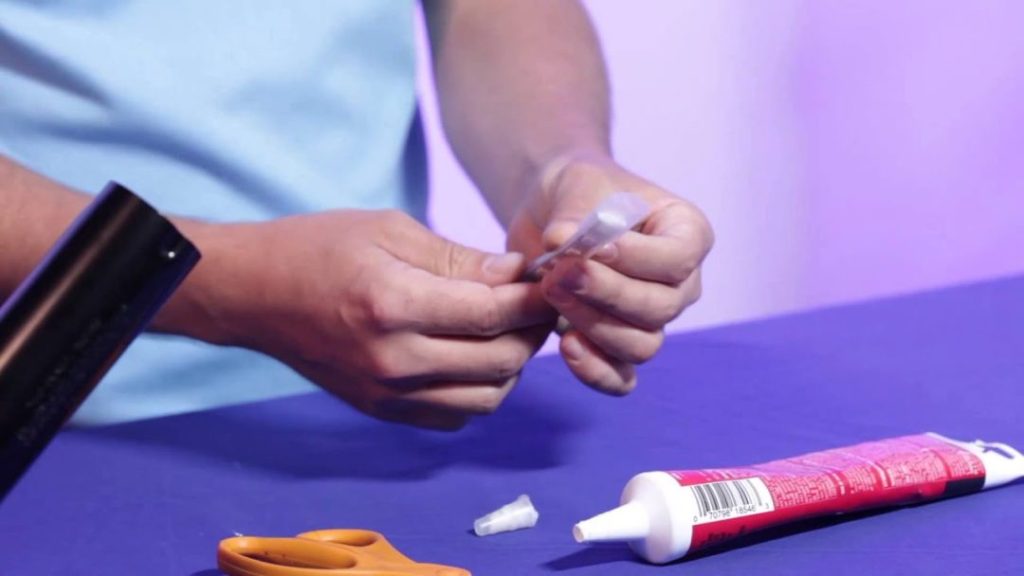
Now that we’ve covered the five methods for removing LED strip light adhesive, let’s talk about safety. This stuff can be toxic and flammable, so it’s important to follow some basic safety precautions to protect yourself and your home. Here are a few tips to keep in mind:
- Always wear gloves when handling chemicals. This will protect your skin and prevent any potential allergic reactions.
- Make sure the area is well-ventilated. This will help dissipate fumes and ensure you’re not inhaling harmful chemicals.
- Do a patch test on a small area first to ensure you’re not allergic to the adhesive remover. Better safe than sorry!
- Never use heat on the adhesive, as this can cause the strip lights to catch fire. This is a big no-no!
- Use an old toothbrush or soft-bristled brush to avoid scratching the surface. You don’t want to damage your LED strip lights in the process of removing the adhesive.
- Rinse the area well with water after removing the adhesive. This will help remove any remaining residue and prevent any potential chemical reactions.
- Dry the area completely before applying new adhesive or strip lights. This will ensure that the adhesive sticks properly and that your LED strip lights work as intended.
Conclusion
In conclusion, removing the adhesive residue from LED strip lights can be a meticulous yet essential task for maintaining the aesthetics of the surface once the lights are no longer required or are being repositioned. The key to effective removal lies in choosing the right solvent or method that can dissolve the adhesive without damaging the underlying surface. Using a gentle heat source, like a hairdryer, can soften the adhesive, making it easier to peel off the strips without leaving much residue. For any remaining adhesive, applying a small amount of a solvent like isopropyl alcohol or a specialized adhesive remover can be highly effective. These substances help break down the adhesive’s bond to the surface, allowing for a clean and smooth finish upon removal.
Moreover, it’s crucial to approach the task with patience and care, especially on delicate surfaces that can easily be damaged. Mechanical methods, such as scraping off the adhesive, should be used cautiously and with appropriate tools to avoid scratches or other harm. Alternative natural solutions, such as applying a mixture of cooking oil and baking soda, can offer a less abrasive method for removing stubborn adhesive residues. After the adhesive is removed, cleaning the surface thoroughly with soapy water and a soft cloth will ensure that no oily or sticky residues remain, restoring the surface to its original condition. By effectively managing the removal process, you can ensure that your spaces remain pristine and ready for future decorating projects, reaffirming the versatility and convenience of using LED strip lights as a decorative element.

